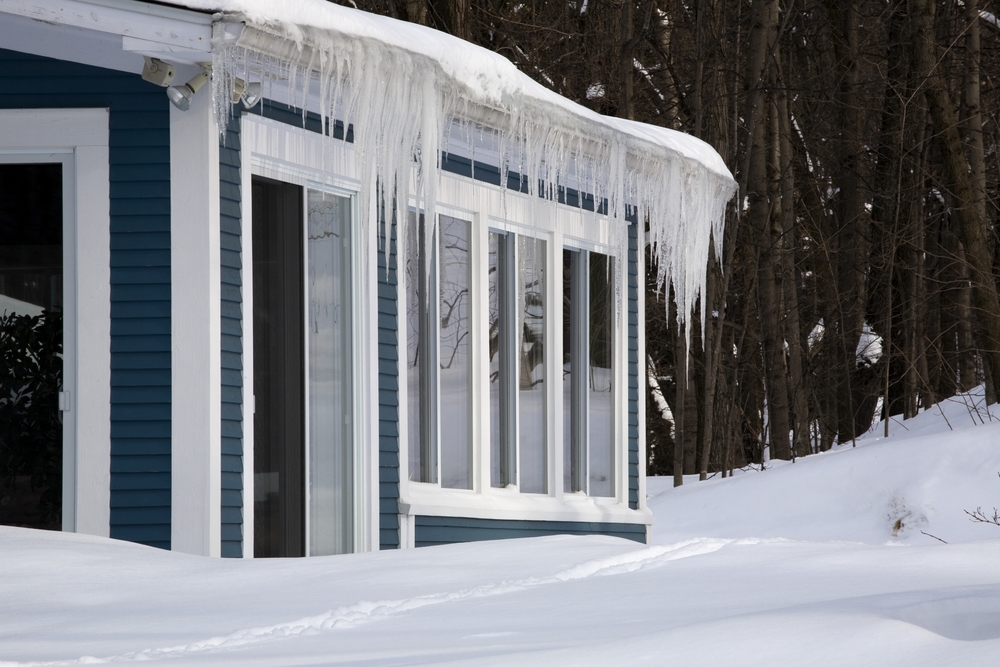Winter Storm Guide
The winter season is one that commands attention like other seasons don’t. Ice storms, blizzards, and a near constant presence of freezing or below freezing temperatures make winter a formidable season that necessitates comprehensive preparation. Winter is a variable season that imposes more severe weather in certain regions over others. The Great Lakes, northeast, and Atlantic regions often receive some of the most consistently intense winter storms, for example.
Though winter manifests differently across the U.S and depending on the weather patterns each year, there are commonalities to the season and winter planning involves preparing for certain events no matter where you live. Here is a quick winter storm guide to help you confront winter weather this season no matter where you reside.
- Protect Your Home- The interior and exterior of your home should be at the top of the priorities for winter weather preparation. Ensuring that your home is equipped to retain heat and is able to resist snow and ice accumulation is important. Be sure to seal and weatherstrip doors, windows, and cracks or gaps in walls and floors. Inspect the roof for damages and check the shingles for curling or significant wear that could indicate that they need to be replaced. Purchase a retractable snow rake for removing snow from the roof to help protect the roof in the winter.
- Keep Alternative Heat Sources- In the event that you lose power or if your furnace happens to go out, having alternative heating sources is ideal. Fireplaces are the best alternative form of heating since they are nearly free to operate and can effectively heat parts of your home. Supplemental heating devices are also an option if your home lacks a fireplace. These heaters can be expensive to run and only heat a small, localized space, so use them sparingly.
- Clear Snow and Ice Frequently- After regular snowstorms, you should make an effort to clear as much snow and ice from around your home as possible. This will help keep your walkways safer and prevent excessive build-up of heavy snow and dangerous ice. Use ice melt to break down ice and clear snow from windows, doors, walkways, and the roof. During regular storm intervals, you may have to do this with some frequency.
- Insulate Pipes- Frozen pipes in the winter are a serious concern since they can easily burst and cause expensive water damage. Insulate exterior pipes with a thick foam covering to help keep them from freezing as temperatures drop. Even interior pipes throughout the house can be susceptible to freezing under extreme temperatures, so make efforts to protect vulnerable pipes everywhere.
- Keep a Winter Storm Kit- Having a dedicated storm kit stocked with non-perishable food, water, first aid kits, flashlights, batteries, and other emergency essentials is a good way to further prepare for winter storms that may require some self-sufficiency during intense snowfall or a prolonged power outage.

